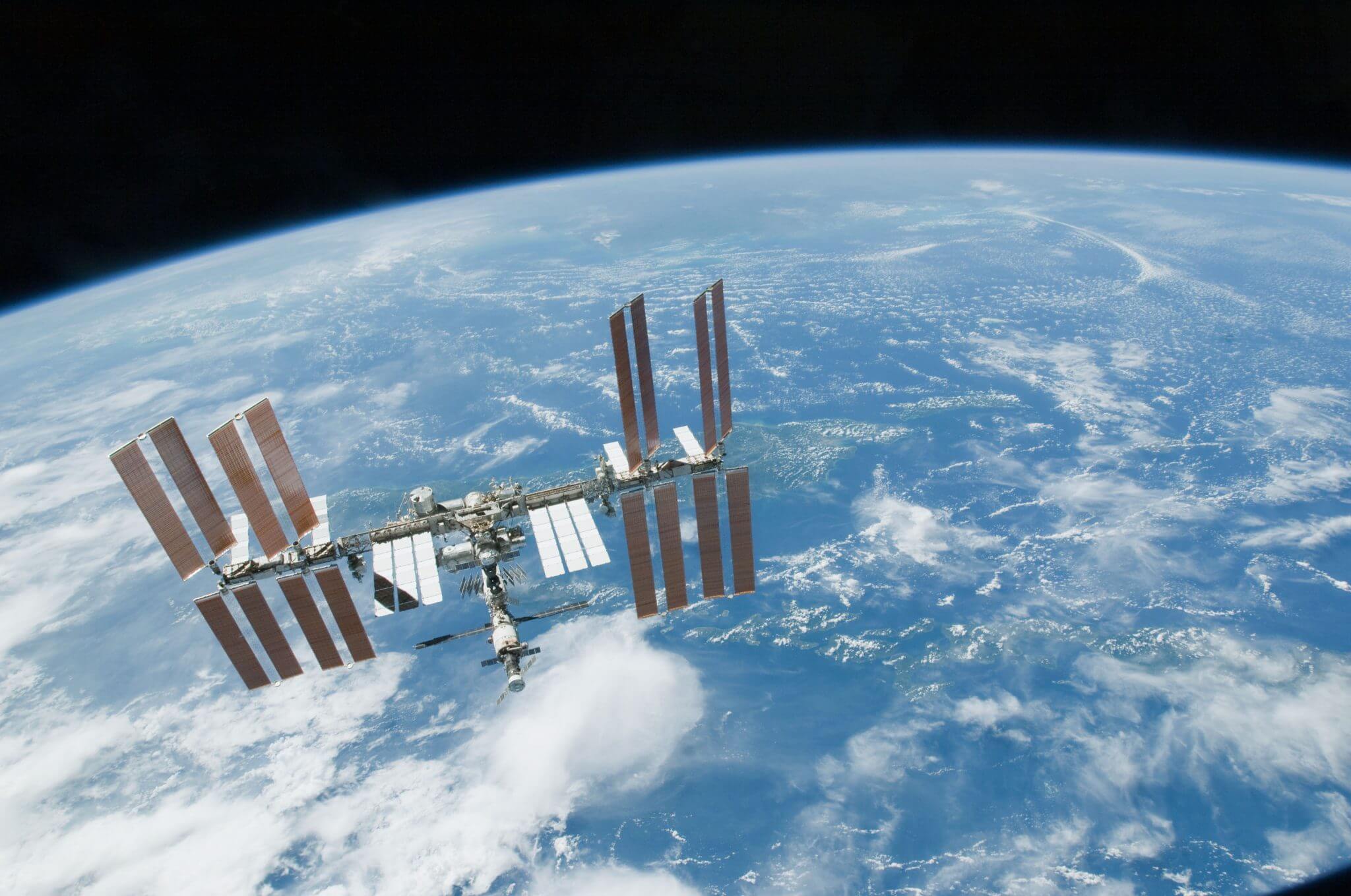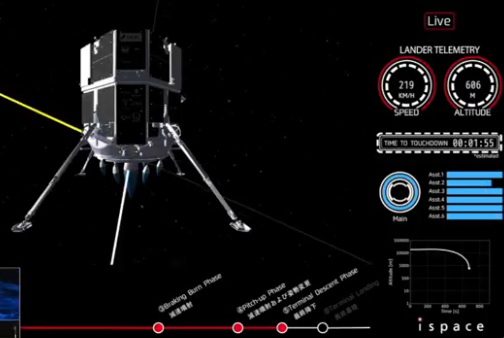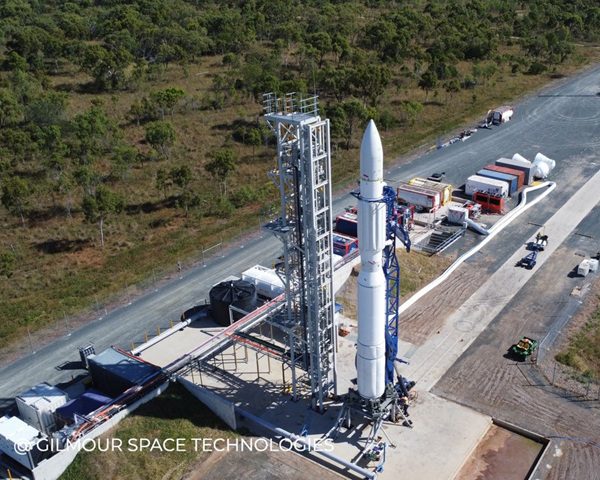This column has often warned that the UK’s armed services are steadily disarming themselves due to defence cuts being imposed on them by current and previous governments. Now it really is becoming embarrassing. The Daily Telegraph reports that the Harpoon long range anti-ship missiles are to be retired by the Royal Navy in 2018, and they will not be replaced for at least ten years. This will mean that all of the UK’s frigates and destroyers will sail without a long range anti-ship weapon available to them. Yes – they still have guns – but these only have a reach of 25 km or so. Meanwhile, their missile armed helicopters are just too slow and vulnerable to be really effective against major vessels. As it is, even these helicopters face a two year hiatus in their missile carrying as they convert between missiles.
With no effective anti-ship missiles, and no jet aircraft on its carriers (the Royal Navy’s Sea Eagle missile-armed Sea Harrier fighters and RAF/Royal Navy Harrier bombers were foolishly retired in defence cuts before the F-35B replacement was ready) the Senior Service is increasingly looking like a king without any clothes.

Russian aircraft carrier Admiral Kuznetov and its air fleet of Sukhoi Su-33 jet fighters and Kamov Ka-17 helicopters, along with the Kirov-class missile battlecruiser, Pyotr Velikiy (Peter the Great). Courtesy: Norwegian Navy
As it was, even the Royal Navy’s much vaunted new but actually unreliable and under-armed Daring-class destroyers had not, until recently, even carried the 120 km range Harpoon. These missiles and launchers have since been not-so-hastily retrofitted using salvaged ones previously fitted to the now scrapped Type 22 class frigates. But soon even these “pre-loved” missiles and launchers will no longer be operational.
The news of the demise of the Harpoon with no replacement available for ten years, came on the day that Russian Navy began bombing operations against Syrian rebels and IS using its carrier borne jets and cruise missiles launched by its own battle fleet. This intimidating battle fleet, which included the Russian aircraft carrier Admiral Kuznetov and the Kirov-class missile battlecruiser, Pyotr Velikiy (Peter the Great) was deliberately sailed down through the English Channel so that it could be seen from Dover.
Russia’s Navy has long been in possession of supersonic anti-ship cruise missiles with ranges of hundreds of kilometres allowing them to shoot the “Paper Tiger” warships of the Royal Navy (which, at only 19 vessels, are already too few in number) out of the water before they can get close. In fact, so long are their ranges that these missiles are ideally targeted by remote assets such as long range aircraft, or more normally, ocean surveillance satellites.
And it is not just the Russians who have this technology, India has developed the Russian Yakhont design (currently being used in Syria in its Onyx land attack variant) to build its indigenously produced Brahmos missile and are known to be working on a hypersonic variant. As it is, the current version has been exported to other nations including Indonesia.
China, of course, has its own series of anti-ship missile weapons at its disposal including DF-21D anti-ship ballistic missiles.
Ah well, at least in time of war, we can always rely on them (assuming they are on our side at the time).






